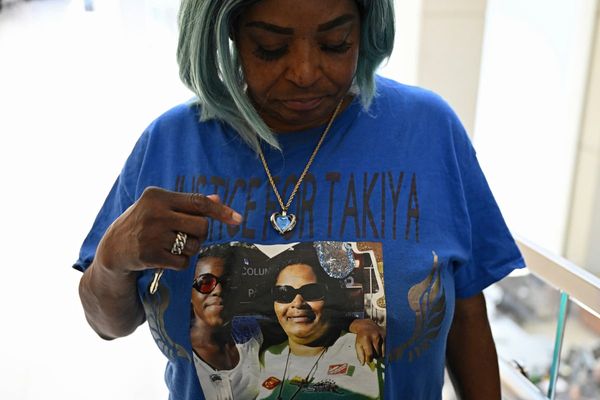
China's central bank, the People's Bank of China (PBOC), has indicated that it still has room to further reduce the bank reserves ratio, according to a statement made by a deputy governor.
The deputy governor highlighted that the PBOC has the flexibility to adjust monetary policy measures in order to support the country's economy amidst ongoing challenges. By cutting the bank reserves ratio, the central bank aims to increase liquidity in the financial system, which can help stimulate lending and boost economic activity.
This move comes as China continues to navigate through economic headwinds, including the impact of the COVID-19 pandemic and global trade tensions. The PBOC's willingness to consider further cuts to the bank reserves ratio reflects its commitment to implementing measures that can help stabilize the economy and promote growth.
Reducing the bank reserves ratio can also provide commercial banks with more funds to lend to businesses and consumers, which can in turn spur investment and consumption. This can have a positive ripple effect on various sectors of the economy, contributing to overall economic recovery.
While the exact timing and extent of any potential reduction in the bank reserves ratio were not specified, the deputy governor's comments suggest that the PBOC is closely monitoring economic developments and stands ready to take action as needed.
Overall, the PBOC's indication that it has room to cut the bank reserves ratio further underscores its commitment to supporting economic growth and stability in China, signaling a proactive approach to addressing economic challenges and fostering recovery.







